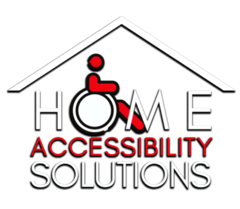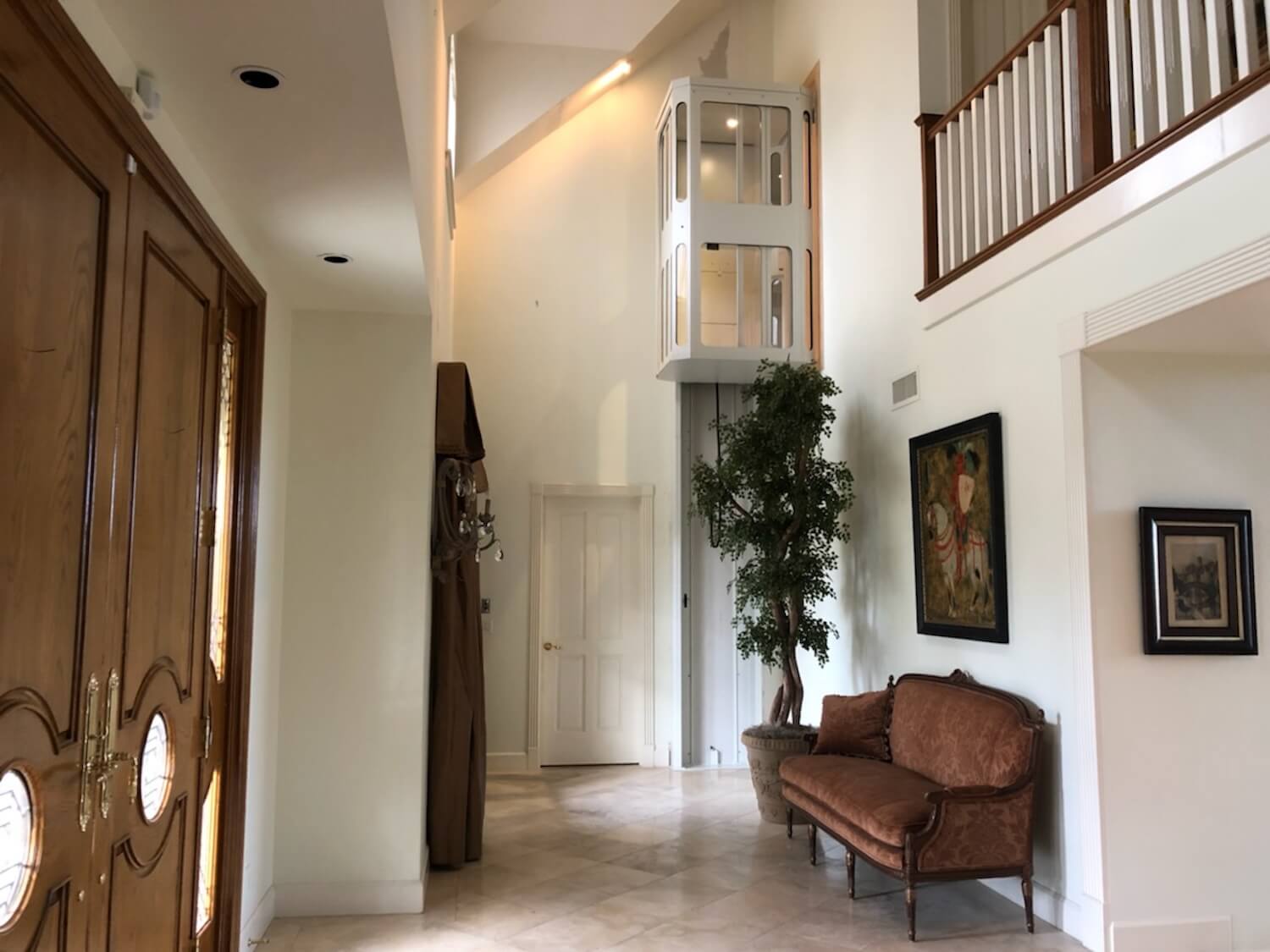In the realm of accessibility and mobility solutions, home elevator lifts and vertical platform lifts stand out as two prominent options. These mechanisms serve a vital role in enhancing mobility and independence for individuals with disabilities or limited mobility, as well as for aging populations. However, choosing between these two types of lifts can be a daunting task for homeowners or property managers. Each option comes with its own set of features, benefits, and considerations.
In this comprehensive guide, we’ll delve into the key factors to consider when deciding between home elevator lifts and vertical platform lifts.
Understanding Home Elevator Lifts
Home elevator lifts, often simply referred to as residential elevators, are sophisticated systems designed to transport individuals and objects between floors within a home or a low-rise building. These lifts operate on a vertical shaft and offer a smooth, enclosed ride. They come in various sizes, configurations, and designs to accommodate different architectural requirements and aesthetic preferences.
Pros of Home Elevator Lifts
- Space Efficiency: Home elevator lifts are typically built into the structure of the building, utilizing minimal space compared to traditional staircases or ramps. They require a dedicated shaft or hoistway, which can often be integrated into the existing floor plan during construction or renovation.
- Increased Property Value: Installing a home elevator lift can significantly enhance the value of a property, making it more desirable for potential buyers or tenants. Elevators add convenience and accessibility, appealing to a broader range of individuals, including those with mobility challenges or elderly residents.
- Smooth and Quiet Operation: Modern home elevator lifts are engineered for quiet and efficient operation. They use advanced motor systems and sophisticated control mechanisms to ensure a smooth and comfortable ride between floors, without disruptive noise or vibration.
- Customization Options: Home elevator lifts offer extensive customization options in terms of design, finishes, and features. From luxurious cab interiors to glass enclosures showcasing scenic views, homeowners can tailor the elevator to suit their specific preferences and architectural style.
Cons of Home Elevator Lifts
- Higher Cost: One of the primary drawbacks of home elevator lifts is their upfront cost, which can be substantial compared to other mobility solutions such as vertical platform lifts. The expenses associated with design, construction, and installation of the elevator shaft contribute to the overall investment.
- Space Constraints: While home elevator lifts are space-efficient compared to traditional elevators, they still require adequate space for the shaft or hoistway. Retrofitting an existing home with an elevator may pose challenges in terms of available space and structural modifications.
- Maintenance Requirements: Home elevator lifts entail ongoing maintenance to ensure reliable and safe operation. Regular inspections, lubrication, and servicing by qualified technicians are necessary to prevent malfunctions and ensure compliance with safety regulations.
Understanding Vertical Platform Lifts
Vertical platform lifts, also known as wheelchair lifts or porch lifts, provide a practical solution for overcoming architectural barriers such as steps, raised entrances, or changes in elevation. Unlike home elevator lifts, vertical platform lifts move in a vertical direction along a stationary platform, allowing individuals using wheelchairs or mobility scooters to access different levels of a building or navigate outdoor spaces.
Pros of Vertical Platform Lifts
- Cost-Effectiveness: Vertical platform lifts are generally more affordable than home elevator lifts, making them an attractive option for homeowners or property managers with budget constraints. The simplified design and installation process contribute to lower upfront costs compared to building a dedicated elevator shaft.
- Versatility: Vertical platform lifts are versatile in their application, offering both indoor and outdoor models to accommodate various accessibility needs. They can be installed in residential settings, commercial buildings, or public spaces, providing convenient access to multiple levels without the need for extensive construction work.
- Compact Footprint: Vertical platform lifts have a relatively small footprint, requiring minimal space for installation. They can be configured to fit into tight or confined areas, making them suitable for properties with limited space or architectural constraints.
- Easy Installation: Vertical platform lifts are designed for straightforward installation, with options for surface-mounted or recessed installations depending on the specific requirements of the site. This ease of installation minimizes disruption to the property and allows for faster implementation of accessibility solutions.
Cons of Vertical Platform Lifts
- Limited Travel Height: Unlike home elevator lifts, vertical platform lifts are typically designed for shorter travel distances, usually spanning one or two floors. They may not be suitable for properties with multiple levels or complex vertical circulation needs.
- Exposed Design: Vertical platform lifts feature an exposed platform that moves along a vertical track, which may not be as aesthetically pleasing or discreet as a fully enclosed elevator cab. While some models offer weather-resistant enclosures for outdoor use, they may still detract from the visual appeal of the property.
- Maintenance and Compliance: Vertical platform lifts require regular maintenance and inspection to ensure compliance with safety standards and regulations. Factors such as weather exposure, heavy usage, and mechanical wear and tear can affect the performance and reliability of the lift over time.
Key Considerations for Choosing Between Home Elevator Lifts and Vertical Platform Lifts
Accessibility Needs
Assess the specific mobility requirements of the individuals who will be using the lift. Consider factors such as the level of mobility impairment, the frequency of use, and the desired travel distance between floors.
Space Availability
Evaluate the available space within the property to determine whether a home elevator lift or a vertical platform lift is more feasible. Consider the layout of the building, structural constraints, and the impact of installation on existing floor plans.
Budgetary Constraints
Determine the budget allocated for the installation of the lift, including upfront costs, ongoing maintenance expenses, and any associated construction or retrofitting costs. Compare the total cost of ownership for both options over the long term.
Aesthetic Preferences
Consider the architectural style and design aesthetic of the property when selecting a lift solution. Home elevator lifts offer greater customization options in terms of finishes, materials, and cab design, while vertical platform lifts have a more utilitarian appearance.
Regulatory Compliance
Ensure that the chosen lift solution complies with relevant building codes, accessibility standards, and safety regulations. Work with experienced professionals and consult local authorities to address any compliance issues during the planning and installation process.
Installation Requirements
Consider the installation process and the associated timeline for each lift option. Home elevator lifts typically require more extensive construction work, including the installation of a dedicated shaft or hoistway, which may prolong the project timeline. In contrast, vertical platform lifts offer a quicker and more straightforward installation process, with minimal disruption to the property.
Durability and Reliability
Evaluate the durability and reliability of the lift system, particularly in terms of long-term performance and maintenance requirements. Home elevator lifts often incorporate robust construction materials and advanced mechanical components to ensure smooth operation and longevity. Vertical platform lifts also require regular maintenance to ensure optimal performance and safety, especially in outdoor environments where they may be exposed to weather elements.
User Experience
Consider the user experience and convenience offered by each lift option. Home elevator lifts provide a fully enclosed and seamless ride between floors, offering privacy and comfort for passengers. Vertical platform lifts offer a platform-style ride with open sides, which may feel less secure for some users but can accommodate larger mobility devices such as wheelchairs and scooters.
Future Accessibility Needs
Anticipate future accessibility needs and potential changes to the property layout or occupants’ mobility requirements. Home elevator lifts offer greater flexibility for accommodating future renovations or expansions, as they can be integrated into the existing structure. Vertical platform lifts may require additional space or modifications if accessibility needs evolve over time.
Consultation with Accessibility Experts
Seek guidance and advice from accessibility experts, architects, and lift professionals to ensure the chosen lift solution meets the specific needs and requirements of the property and its occupants. Professionals can provide valuable insights into design considerations, regulatory compliance, and best practices for installation and maintenance.
Conclusion
In conclusion, the decision between home elevator lifts and vertical platform lifts requires careful consideration of various factors, including accessibility needs, space availability, budgetary constraints, aesthetic preferences, regulatory compliance, installation requirements, durability, user experience, and future accessibility needs.
By thoroughly evaluating these factors and consulting with experienced professionals, homeowners and property managers can select the most suitable lift solution to enhance accessibility and mobility for individuals with disabilities or limited mobility. Whether opting for the space-efficient design of a home elevator lift or the cost-effective versatility of a vertical platform lift, investing in an accessibility solution can significantly improve the quality of life for occupants and increase the value of the property.


